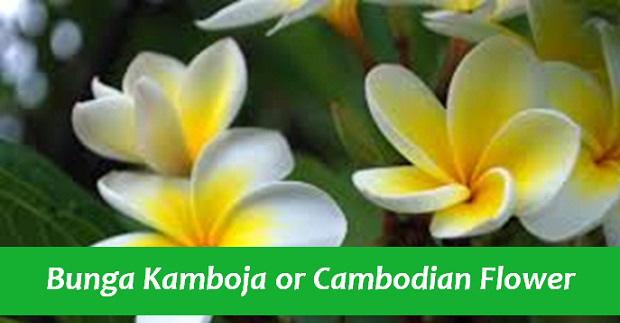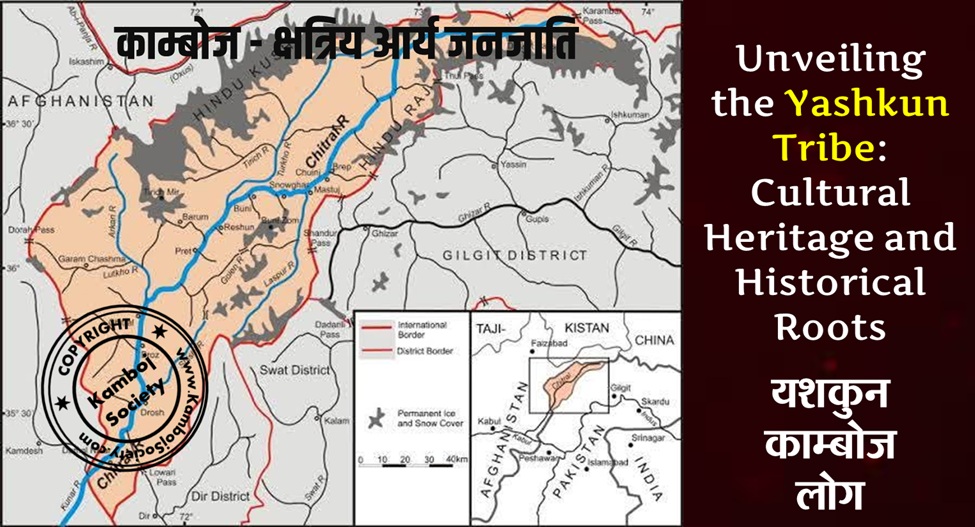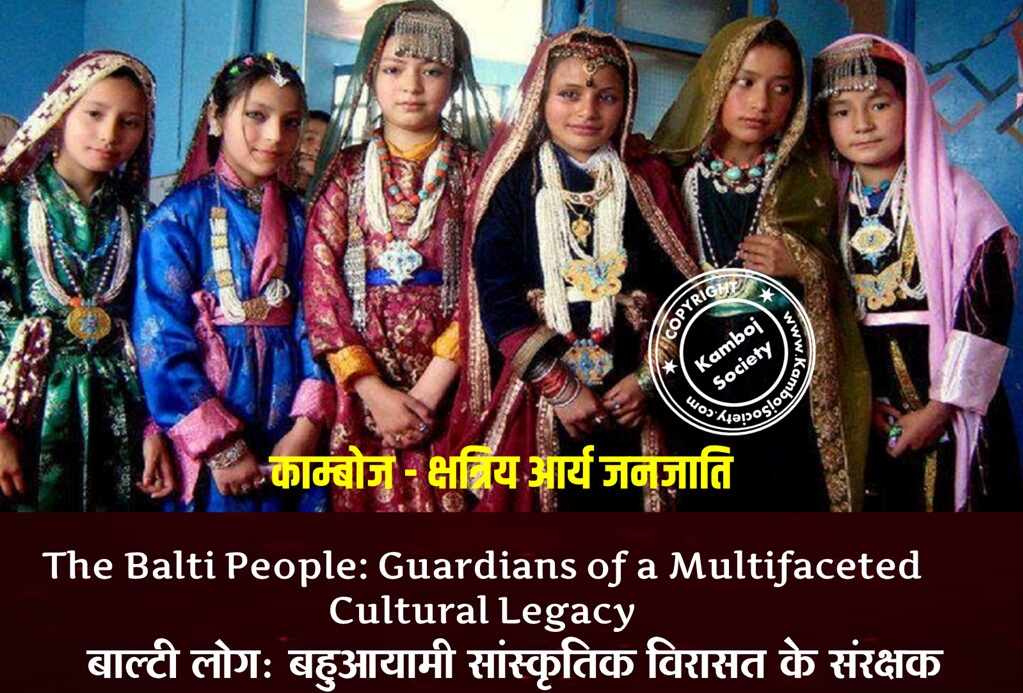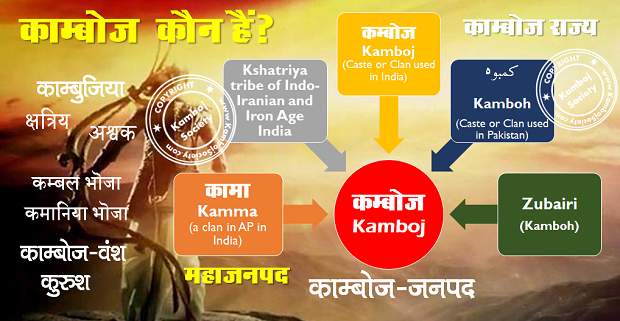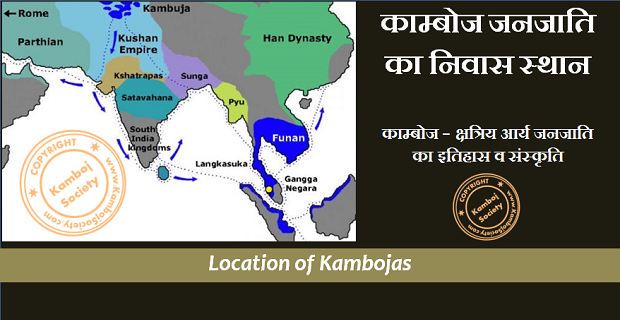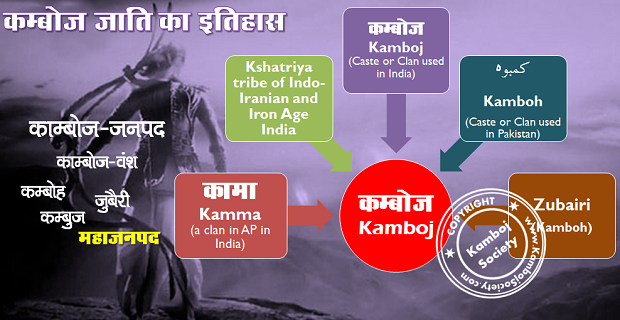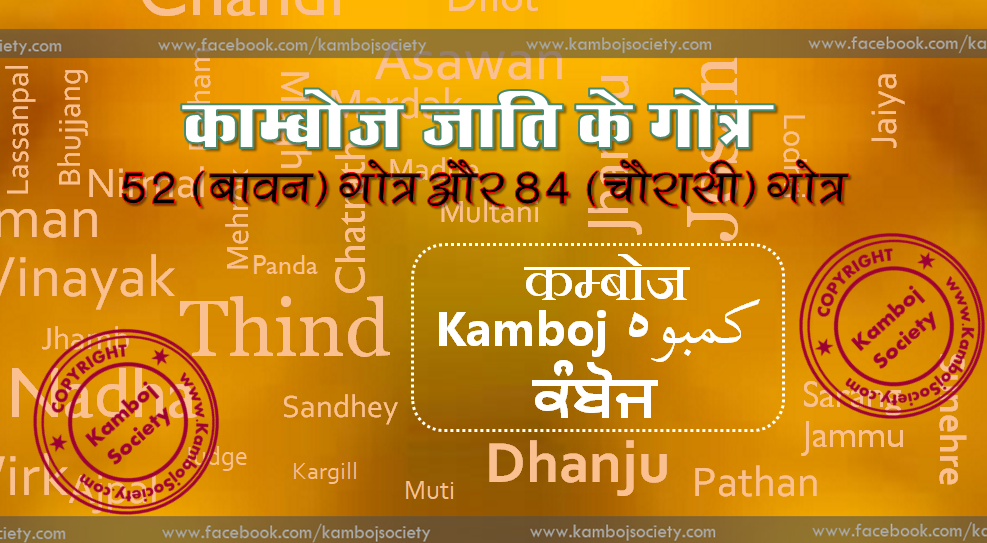Plumeria (pluːˈmiəriə; common name Frangipani[citation needed]) is a genus of flowering plants in the dogbane family, Apocynaceae. It contains primarily deciduous shrubs and small trees. They are native to Central America, Mexico, the Caribbean, and South America as far south as Brazil but can be grown in tropical and sub-tropical regions. In Indonesia, where the flower has been commonly associated with Balinese culture, it is known as "Kamboja" or "Bunga Kamboja".
In Culture
In Mesoamerica Plumerias have carried complex symbolic significance for over 2000 years, with striking examples from the Maya and Aztec periods into the present. These are now common naturalised plants in southern and southeastern Asia. In local folk beliefs they provide shelter to ghosts and demons. The scent of the Plumeria has been associated with a vampire in Malay folklore, the pontianak; frangipani trees are often planted in cemeteries. They are associated with temples in both Hindu and Buddhist cultures. In several Pacific islands, such as Tahiti, Fiji, Samoa, Hawaii, New Zealand, Tonga, and the Cook Islands Plumeria species are used for making leis. In modern Polynesian culture, the flower can be worn by women to indicate their relationship status - over the right ear if seeking a relationship, and over the left if taken. P. alba is the national flower of Nicaragua and Laos, where it is known under the local name "Sacuanjoche" (Nicaragua) and "Champa" (Laos). In some Bengali culture most white flowers, and, in particular, plumeria (Bengali, চম্পা chômpa or চাঁপা chãpa), are associated with funerals and death. In the Philippines and Indonesia, Plumeria, which is known in Tagalog as Kalachuchi, often is associated with ghosts and graveyards. Plumerias often are planted on cemetery grounds in both countries. They are also common ornamental plants in houses, parks, parking lots, etc. in the Philippines. Balinese Hindus use the flowers in their temple offerings. Indian incenses fragranced with Plumeria (Plumeria rubra) have "champa" in their names. For example, Nag Champa is an incense containing a fragrance combining Plumeria and sandalwood. While Plumeria is an ingredient in Indian champa incense, the extent of its use varies between family recipes. Most champa incenses also incorporate other tree resins, such as Halmaddi (Ailanthus triphysa) and Benzoin resin, as well as other floral ingredients, including Champaca (Magnolia champaca), Geranium (Pelargonium graveolens), and Vanilla (Vanilla planifolia) to produce a more intense, Plumeria-like aroma. In southern India, western Ghat (Karnataka's) local people use cream colored Plumeria in weddings. The groom and bride exchange Plumeria garland at the wedding. It is alternatively called Devaganagalu or Devakanagalu (God's Plumeria). Red colored flowers are not used in weddings. Plumeria plants are found in most of the temples in these regions. In Sri Lankan tradition, Plumeria is associated with worship. One of the heavenly damsels in the frescoes of the fifth-century rock fortress Sigiriya holds a 5-petalled flower in her right hand that is indistinguishable from Plumeria. In Eastern Africa, frangipani are sometimes referred to in Swahili love poems. Some species of Plumeria have been studied for their potential medicinal value.
